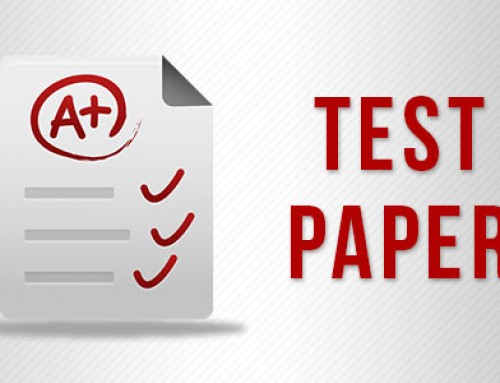We will start with the vector. Note down the definition of the Vector
A physical quantity is said to be vector quantity if it carries direction as well as magnitude and it follows Triangle law of vector addition.
See when it comes to the understanding of vector, the definition includes 3 important aspects.
First, direction, quantity should carry the directional sense. We should automatically feel that we need to apply concept of direction to explain this quantity. It is necessary for me to give direction.
We have applied 10 Newton force, one question automatically comes that sir, in which direction you have applied the force. Have you pushed or pulled or you are pulling in which angle?
So when it comes to application of force by default an idea comes to mind like what force is applied and in what direction force is applied then we realise we have to explain this quantity completely then I have to explain directional sense to this quantity.
Second one, the magnitude. The value the numerical quantity. Done?
And the third and the most important thing about defining or the definition of vector is the Triangle Law of Vector Addition, this is very important, many times books and other things do not use this particular idea in defining the vector.
So I believe, definition of vector is complete only when you introduce this third point. So I believe the definition of vector is complete only when you apply this third point
Let me give you one very good example about this.
We all know electric current. Done. I is equal to 10 ampere. This is the magnitude of the current, done and we know that current has direction. Current flows from high potential to low potential done.
That means electric current carry magnitude as well as direction that means electric current should be a vector quantity, note down no hold on, but actually electric current is scalar quantity. This is the difference. Only magnitude and direction does not explain the situation. There is a third quantity, third idea that is the triangle law of vector addition. In real life current is a scalar quantity even if it carries direction and magnitude because it does not follow the triangle law of vector addition
So if I want to define vector, it must include triangle law of vector addition Ok class.
Similarly there is one more physical l quantity called area, what do you think area is scalar quantity or vector quantity?
Area is a vector quantity. Again area is assumed to be vector quantity. We are taking area as vector quantity because area is following Triangle law of vector addition in certain situation. Done?
Please note down these two examples. Write First point. Electric current is a scalar quantity
Even if it carries direction and magnitude because it does not follow triangle law of vector addition
Area is a vector quantity and direction of area vector can be decided by using two different points. What is first point?








